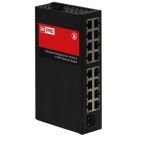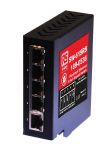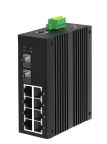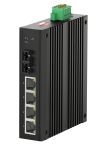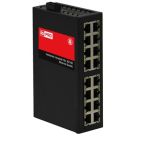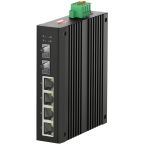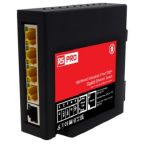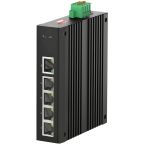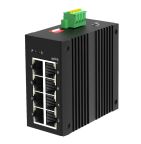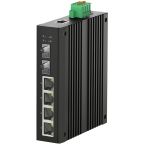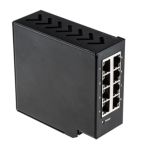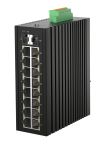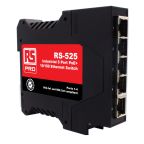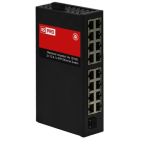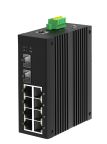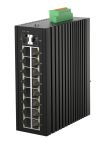Network Switches
Network Switches and Network Hubs are common connection points for different devices within a network. They enable you to connect computers to other computers, internet devices or networks.
What are Network Switches?
Network Switches are commonly utilised in offices, schools, and homes. They feature multiple connectors called "ports" in which you insert your Ethernet cable. The Ethernet port is a type of networking connection that not only transfers data signasl but is also capable of power-up (PoE) devices e.g., CCTV cameras Router connected to the switch shares the internet across all connected devices. Network switches are available with a varying number of ports. Simple devices allow for the connection of up to 4 or 6 devices while more expensive models feature 48 or even more ethernet ports for connecting networking devices. Visit our network switches guide for more information.
What kind of devices can I connect to the switch?
- Desktop Computers
- Printers
- Servers
- Game Consoles
- HD Drive Stations
- Smart TVs
- Laptops
- Routers
What is the difference between Network Switch and Hub?
Both hubs and switches look the same, but they operate slightly differently. Hubs are simpler devices, broadcasting all their information to all networking devices. They require less analysis and can, therefore, communicate quicker. Switches analyse the sender and receiver which can require more time but eliminates traffic congestion you may experience with Hubs. Hubs are ideal for small office and home environments while switches are better suited to small to large businesses which require more advanced network equipment.
What switches types are available?
Managed - the most customizable networking devices. Managed switches allow for controlling network configurations and data transfer. They feature a user interface for ease of use. Benefits to these are they allow users to manage, configure, and monitor the LAN, feature data recovery tools and you can manage performance by prioritising the channels
Unmanaged - The easiest and simplest networking switch type. As the name suggests it doesn't have to be controlled by a user. It's more like a plug and play device. Commonly used in small offices or homes where network control isn't so important. Benefits include QoS, allowing for easy setup and functionality
LAN / Active Hubs- this type of switch automatically controls the network traffic and delivers the data to all independent devices prioritising one over the other ones accordingly to current networking requirements.
PoE Switch - Power over Ethernet (PoE) is a device that allows devices on a network to communicate. These are great for devices such as network repeaters and security cameras as often you would find these products mounted a long distance away from a power source. A PoE switch has the Power over Ethernet functionality built into it meaning you can power devices through network cables.
Popular Searches
Related links
- Phoenix Contact EP7428R, Network Switch 8 Port Network Switch With PoE
- MOXA RM-G4000-8PoE, Network Switch 8 Port Ethernet Switch With PoE RJ-45
- MOXA IM-6700A-8PoE, Network Switch 8 Port Ethernet Switch With PoE RJ-45
- Netgear GS316EP-100UKS, Unmanaged 15 Port Ethernet Switch With PoE
- Network Hubs
- Trendnet TPE-TG80g, Network Switch 8 Port Switch With PoE
- TP-Link LS108GP, Network Switch 8 Port Network Switch With PoE
- TP-Link TL-SG108E, Network Switch 8 Port Network Switch With PoE

